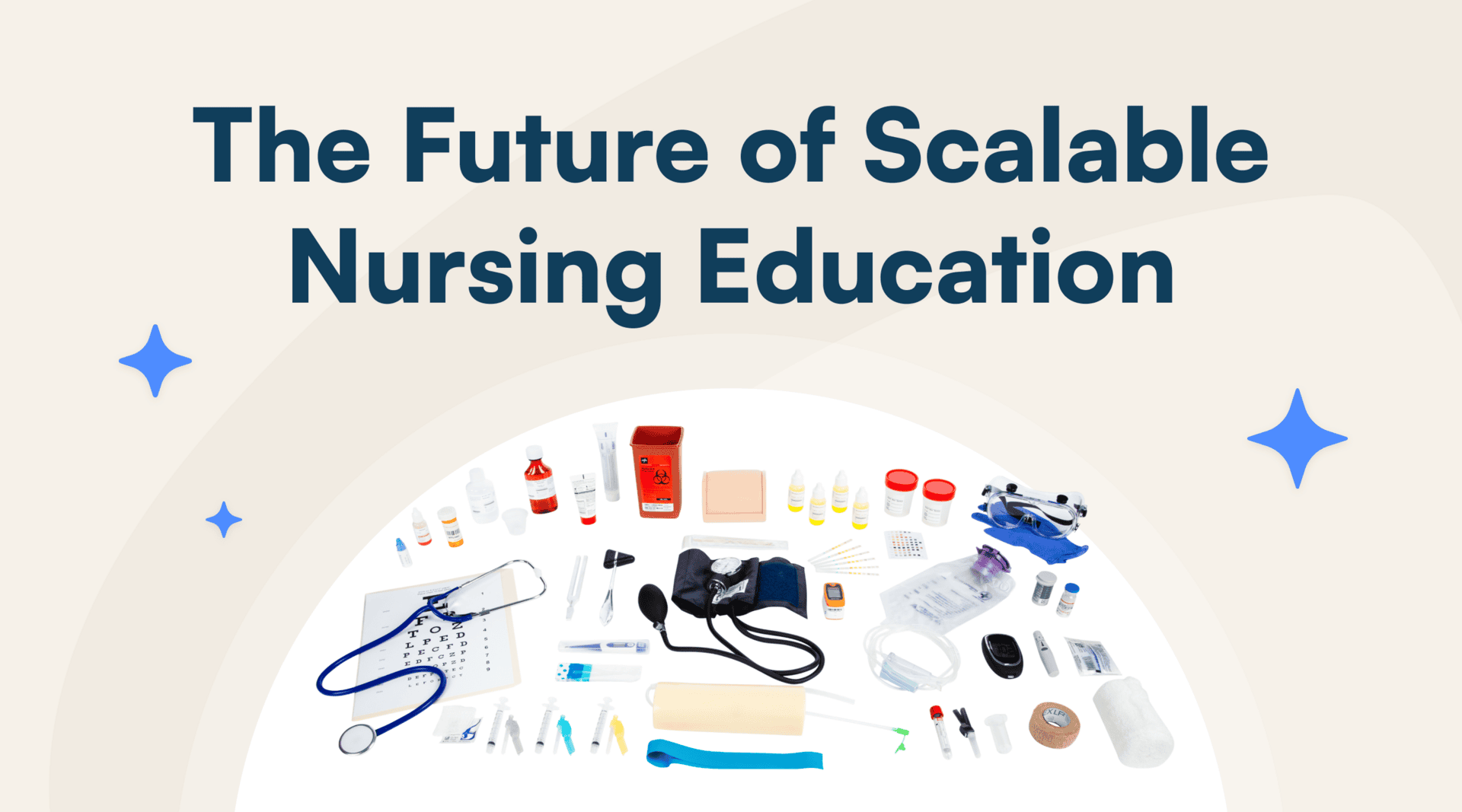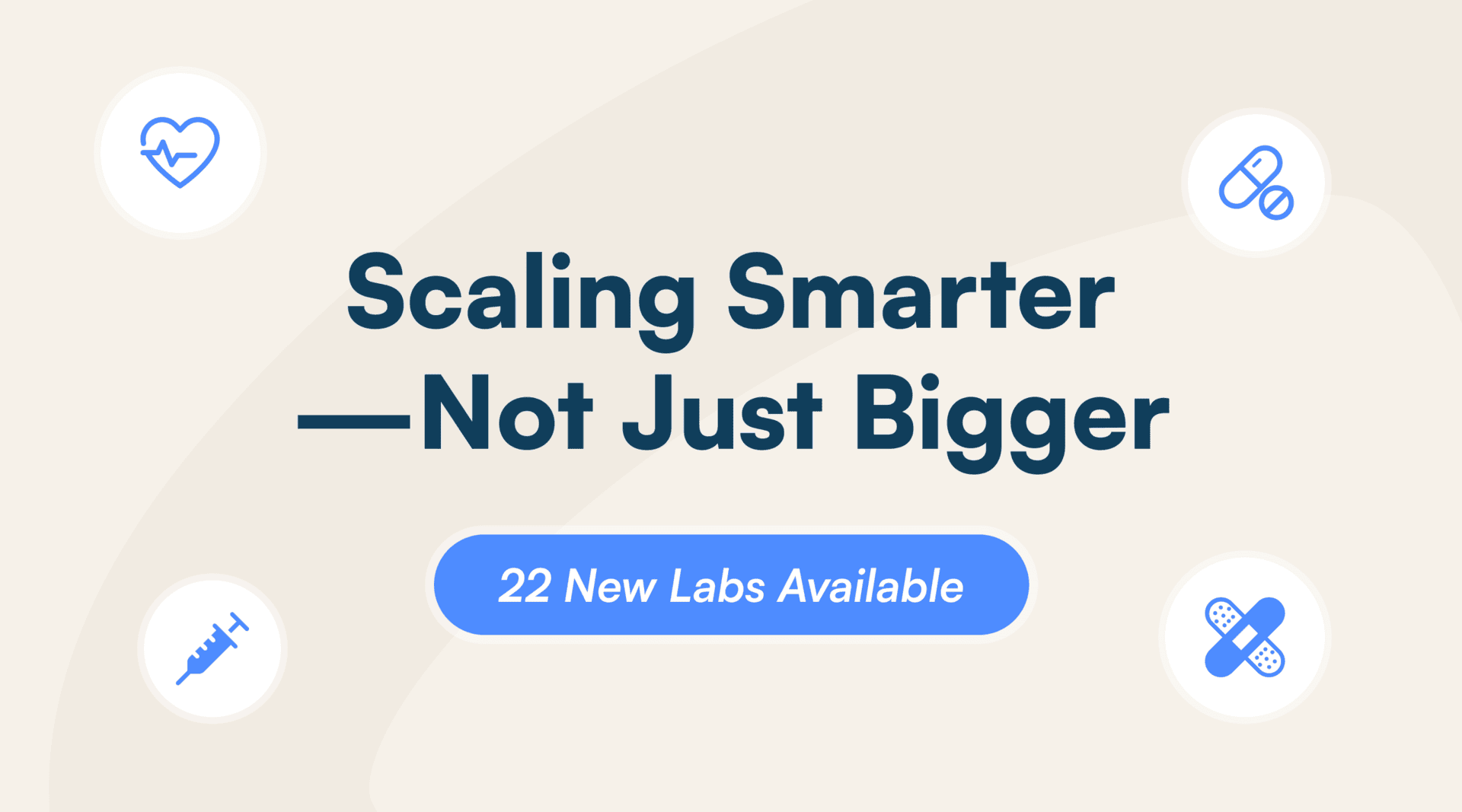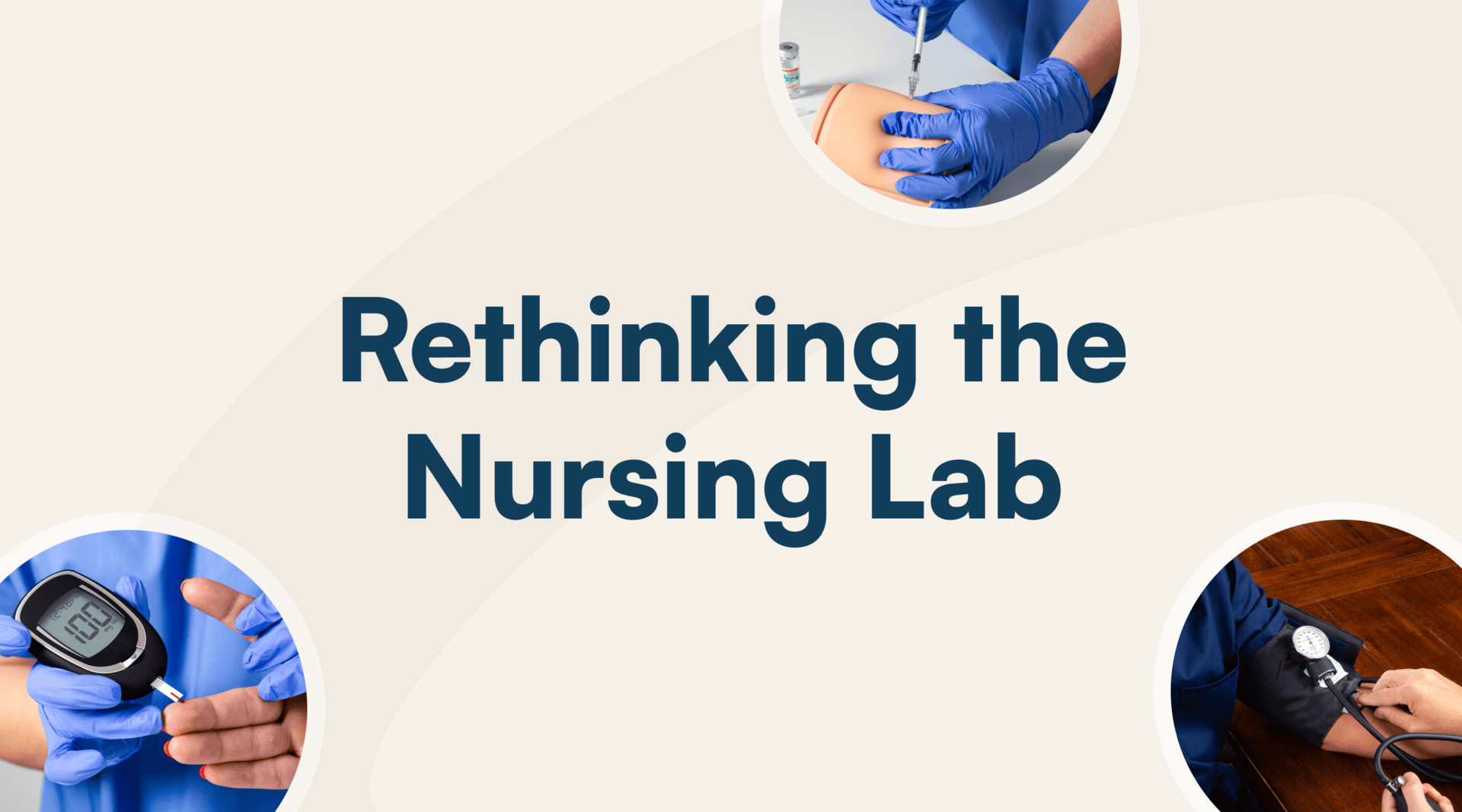Picture this: a 35-year-old, over-caffeinated biology student sits down at her computer to write up a lab report. She’s just gotten home from her 9-to-5, and knows she only has a couple hours to complete this assignment before picking up her son from hockey practice. Panicking under the time crunch coupled with the pressure to maintain the 3.25 GPA required to keep her scholarship, she starts to look for shortcuts. She opens a new tab, does a quick google search for similar reports, copies, and pastes.
Setting the Online Stage for Success
This is the sort of scenario many faculty members worry about when switching to an online course. Every professor has had to deal with cheaters, those pesky students that are always looking for ways to bypass the work and get an easy A. With the increased stress today’s college students experience, the temptation to take shortcuts also increases — even for otherwise responsible learners. By relinquishing the control that comes with commanding a face-to-face classroom, educators might be concerned that they are only inviting more opportunities for academic dishonesty.
At HOL, we’ve found the opposite to be true: when you give students more authority over their education, they tend to take more responsibility for their own learning. That said, there will always be those students who look for an out, so we’ve made sure to anticipate those individuals when designing our lessons and experiments. Here are five tools you can use to ensure academic integrity among your students while teaching with the HOL Cloud:
-
Evaluation Lockout
Each experiment on our lab management platform contains three unique sections: Exploration, Experimentation, and Evaluation. In the Exploration section, a student examines the learning objectives while identifying what they already know and what they don’t yet understand. After conducting the experiment in the second section, they move on to the Evaluation, a final assessment that grades them on what they’ve learned. While a student in the Experimentation section is free to toggle back to the Exploration to review the key concepts of the lab, once a student begins the Evaluation, they will be locked out of the previous two sections. This prevents them from directly looking up answers and ensures that their Evaluation score accurately represents their understanding of the content.
-
Lab Kit Codes
Professors always want to know that students are doing their own work, following a hands-on experiment themselves instead of sitting idly by while someone else works through the procedure. So while students in a face-to-face, supervised lab facility generally work with partners or groups, distance-learning students should always be conducting their experiments independently. To ensure that this is the case, we equip every lab kit with a unique code that a student must enter into the HOL Cloud before it allows them to begin the experiment.
-
TurnItIn
We encourage educators to utilize TurnItIn, a plagiarism detection program that analyzes student work for unoriginal content. Every time a student submits a lab report, TurnItIn checks it against a database of similar content. According to Marc LaBella, a professor who used HOL to transform Ocean County College into a premier e-learning institution, you can always attribute 50-60 percent of the TurnItIn score to HOL content since the system will pick up on the lab template. But if the TurnItIn report shows up with a significantly higher percentage, you can conclude that the student likely clipped their responses from an outside source.
-
Uniqueness of Report Score
In addition to using TurnItIn, we encourage educators to safeguard against plagiarism by assigning a score to the originality of a student’s report. All of our rubrics include a “Uniqueness of Report” section, so a professor can assess whether a student’s work is their own or they borrowed from a fellow classmate. Knowing that their grade will be affected if their lab resembles that of one of their peers, students will be encouraged to complete their assignments independently.
-
Photograph Upload
Throughout the experiment, students are required to upload photographs of themselves conducting the lab. Not only does this prove that they actually did the experiment as opposed to simply clicking through the instructions, it allows the professor to ascertain whether or not the student worked independently. If two students submit photos from the same room and only one kit is visible, the instructor can figure out that they didn’t each conduct their own experiment.
An unrelated bonus to the photo-upload feature is that it allows professors to see the ways in which conducting experiments at home benefits their students. LaBella said that in the photos submitted by older students, he often can see the students’ children looking on in awe as their parents make scientific discoveries. “Younger kids love to watch their parents learning,” he said. “It’s a uniqueness of the fact that they’re doing the labs at home.”
Discover more articles

Science Interactive Launches New Nursing Fundamentals

What Clinical-Ready Actually Looks Like (And How to Get There Sooner)


